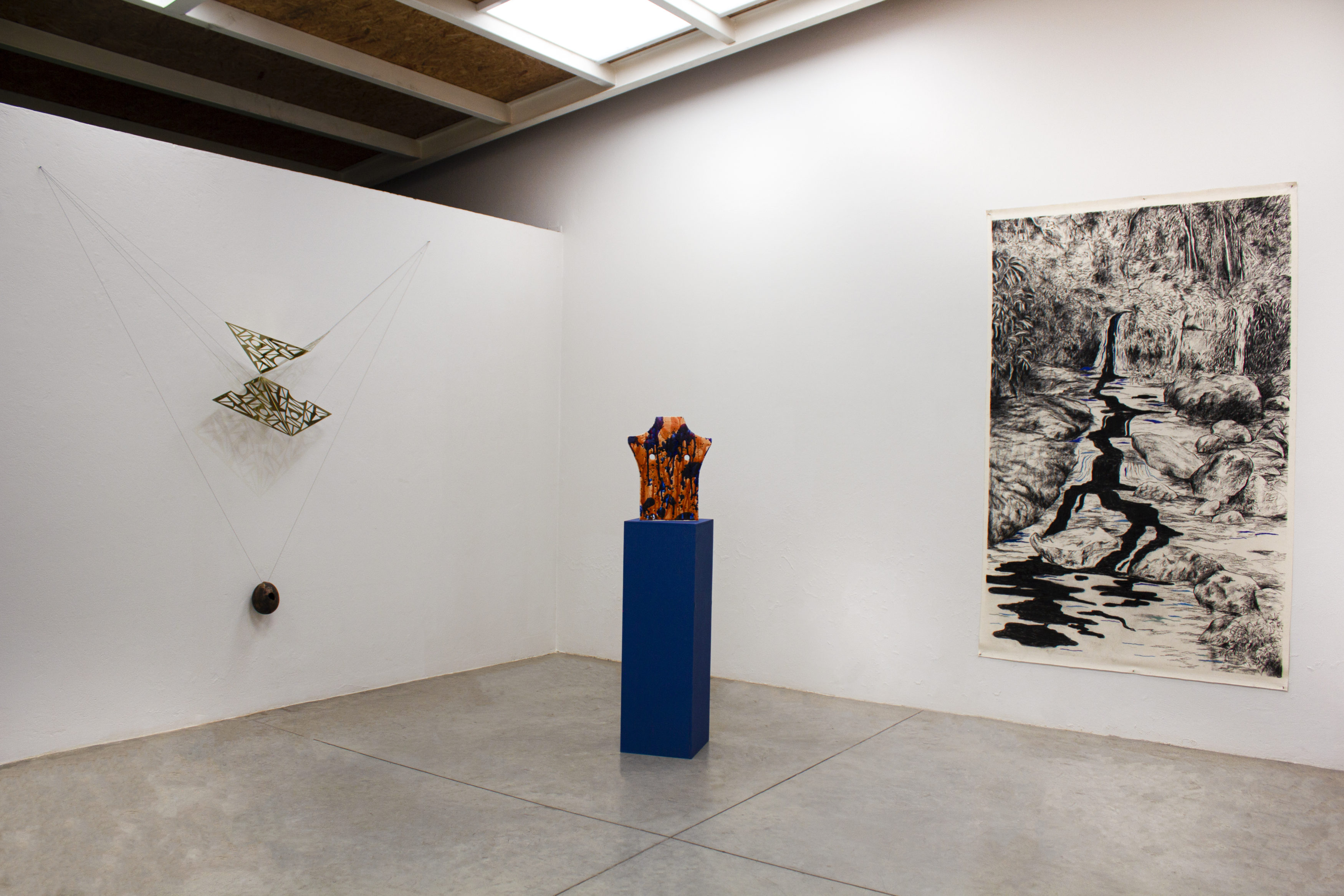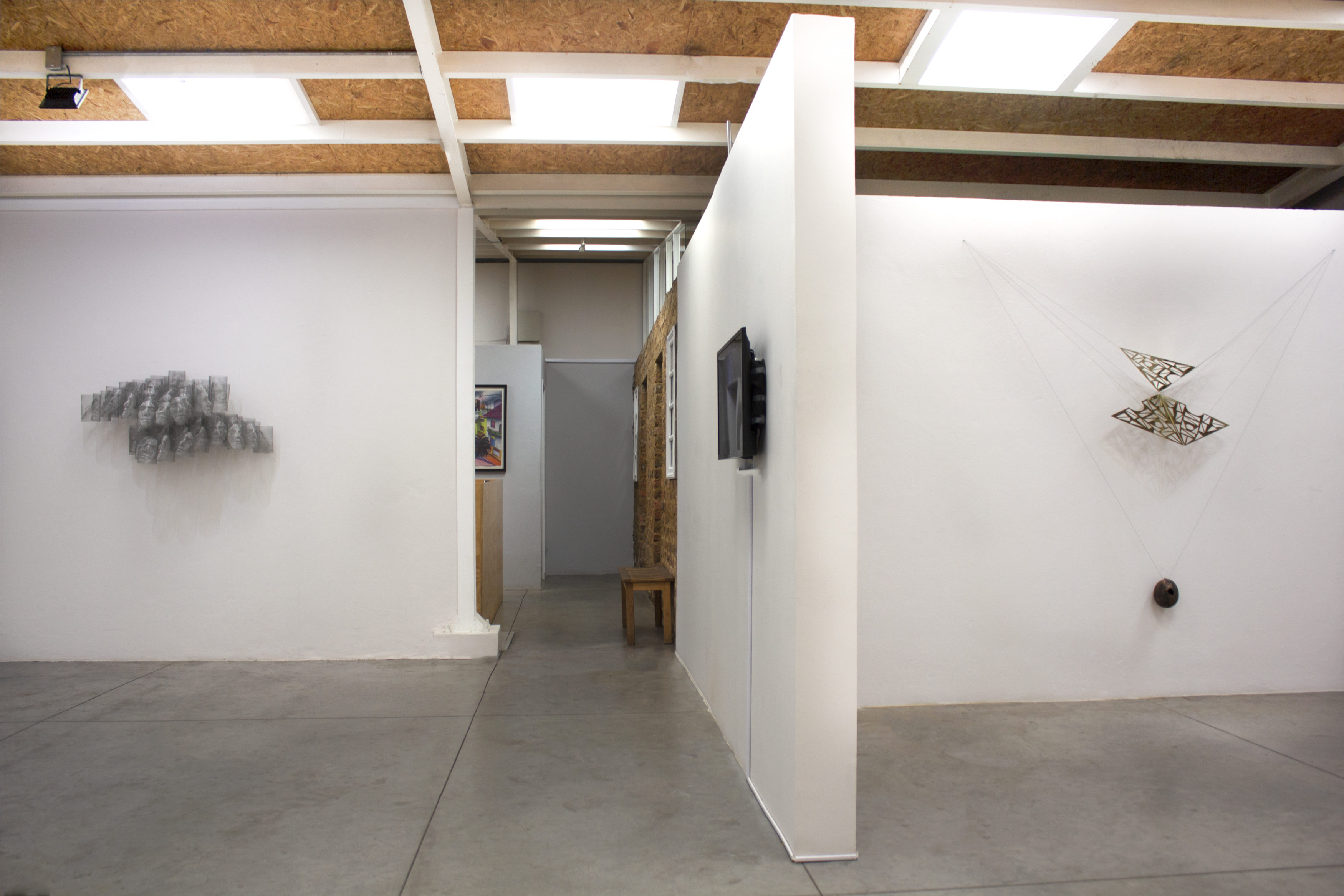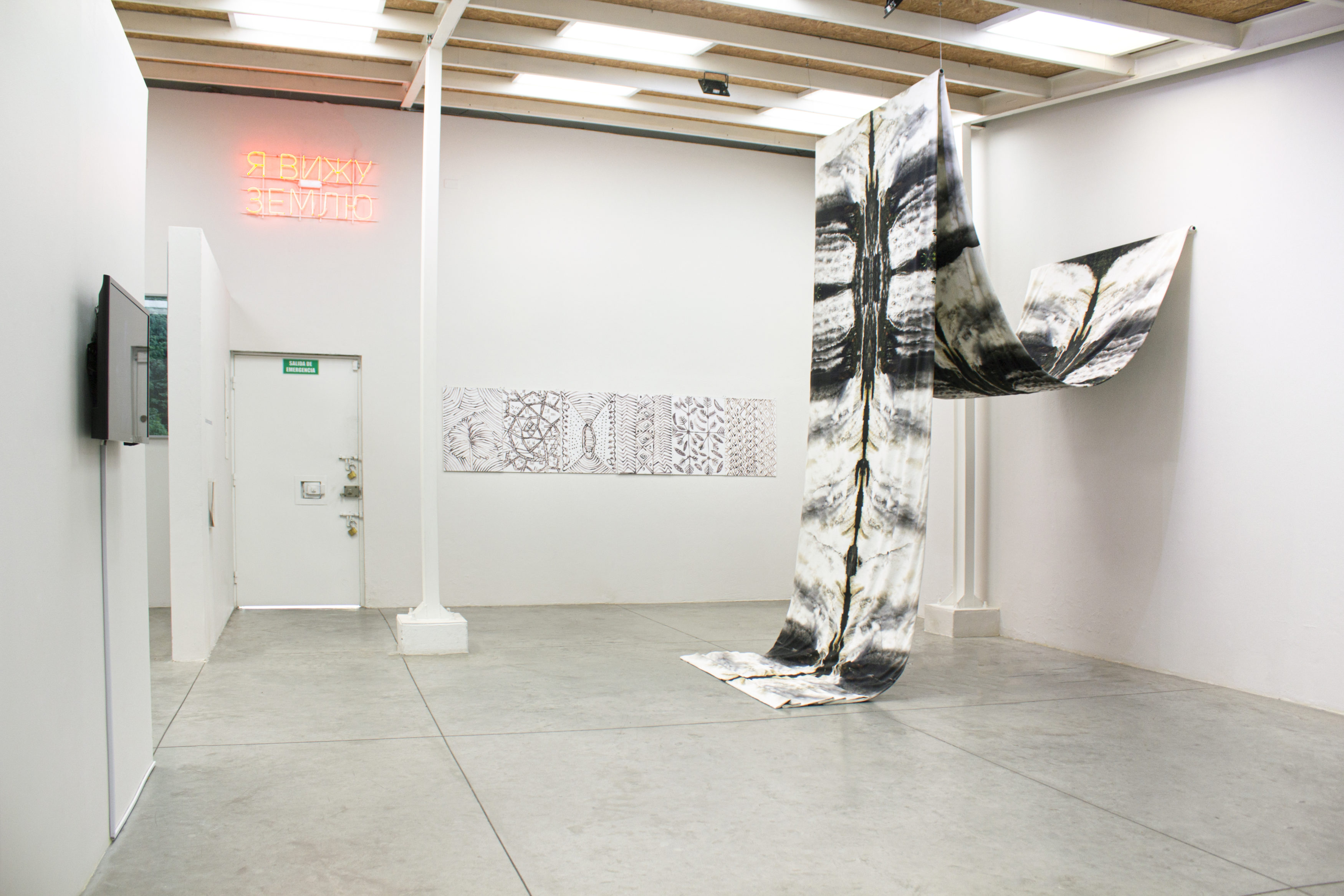Un paisaje nunca es inocente

Installation view | Un Paisaje Nunca es Inocente | 2021 | PH Lisa Delgado Castillo

Installation view | Un Paisaje Nunca es Inocente | 2021 | PH Lisa Delgado Castillo

Installation view | Un Paisaje Nunca es Inocente | 2021 | PH Lisa Delgado Castillo

Installation view | Un Paisaje Nunca es Inocente | 2021 | PH Lisa Delgado Castillo

Installation view | Un Paisaje Nunca es Inocente | 2021 | PH Lisa Delgado Castillo
Un Paisaje Nunca es Inocente
Based on the works that we present in this exhibition, we seek to trace different
relationships between the landscape and the body. In previous editions, we have
developed different perspectives on the relationships between the body and the
territory. On this occasion, we seek to separate the idea of territory and landscape,
departing from the action of the body on space.
What differentiates the territory from the landscape? It could be said that the
landscape is an artificial construction that seeks to modify the environment and
adapt it to the needs of the subjects. On the other hand, the territory is an extensive
space that modifies the qualities of the subjects.
Pre-Hispanic communities adapted their culture, beliefs, religion, architecture
and habits to the territory they inhabited. Not seeking to alter it, but rather, to
transform its life experience and make it part of nature.
The modern experience, on the other hand, is very different. Contemporary
subjects are obsessed with the idea of landscape.
Altering the environment works as a demonstration of power in which human
and natural forces are put into play. The different and multiple tensions between
body, territory-landscape, make up one of the fundamental characteristics of the
themes addressed by Latin American art.
relaciones entre el paisaje y el cuerpo. En muestras anteriores, hemos desarrollado
diferentes perspectivas frente a las relaciones entre el cuerpo y el territorio. En esta
ocasión, buscamos separar la idea de territorio y de paisaje, partiendo de la acción
del cuerpo sobre el espacio.
¿Qué diferencia el territorio del paisaje? Podría decirse que el paisaje es una
construcción artificial que busca modificar el entorno y adaptarlo a las necesidades
de los sujetos. Por otro lado, el territorio es un espacio extenso que modifica las
cualidades de los sujetos.
Las comunidades prehispánicas adaptaban su cultura, creencias, religión,
arquitectura y costumbres al territorio que habitaban. No buscando alterarlo, sino
más bien, transformar su experiencia vital y hacerla parte de la naturaleza.
La experiencia moderna, en cambio, es muy distinta. Los sujetos contemporáneos
están obsesionados con la idea del paisaje.
Alterar el entorno funciona como demostración de poder en la que se ponen en juego
las fuerzas humanas y de la naturaleza. Las distintas y múltiples tensiones entre
cuerpo, territorio-paisaje, componen una de las características fundamentales de
los temas que abordan el arte latinoamericano.